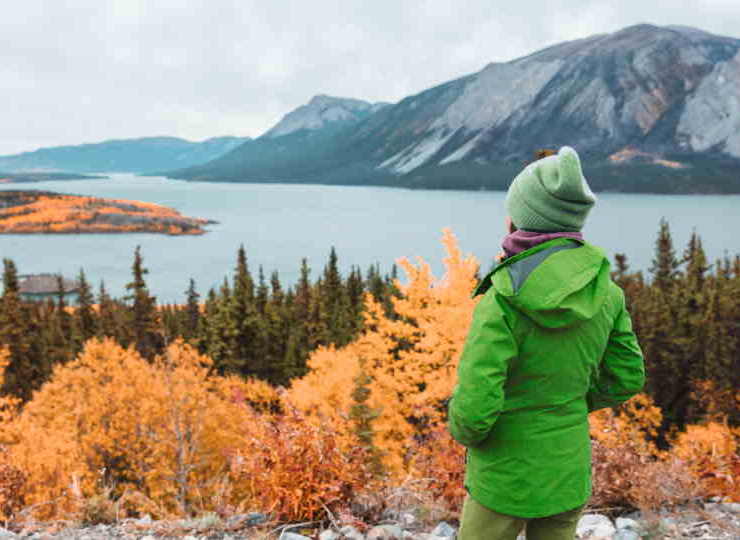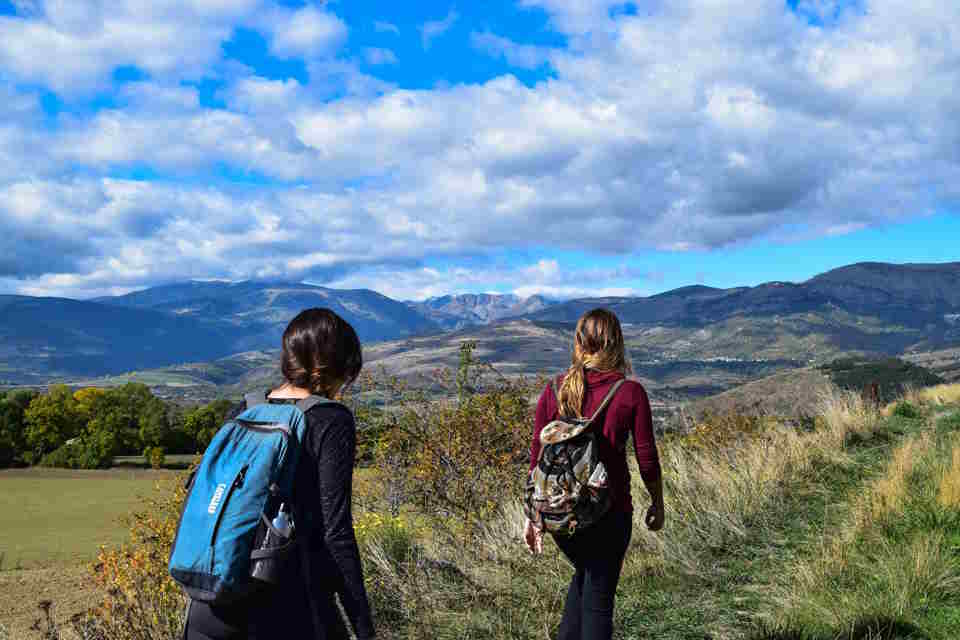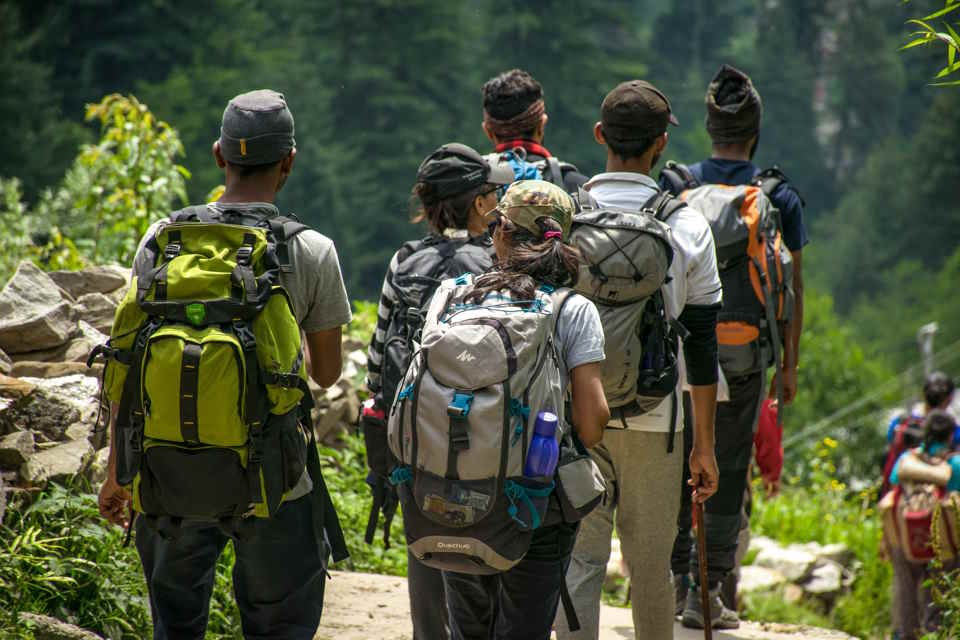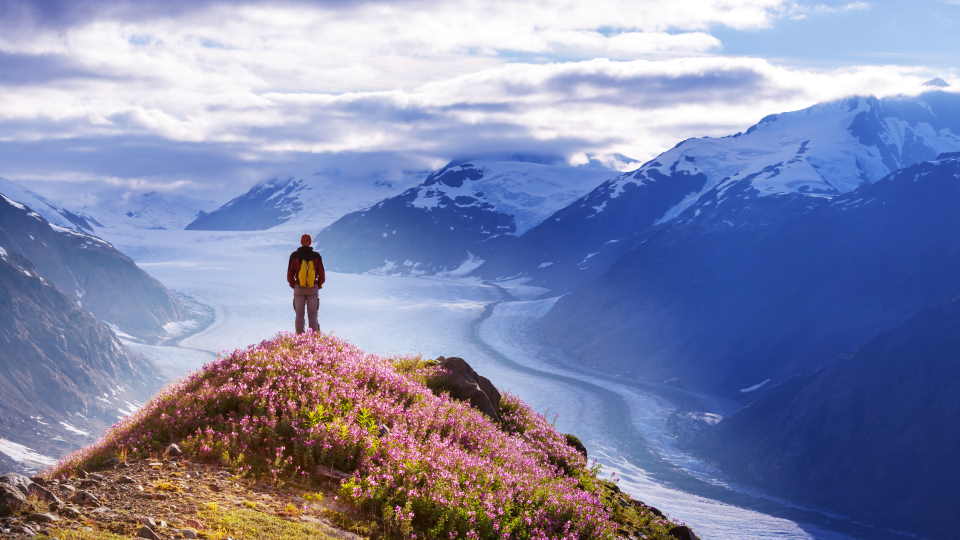In the unforgiving wilderness, the ability to survive is dependent on practical skills and resourcefulness. Whether you find yourself in a remote hiking trail or in a survival situation, knowing how to assess the situation, build a shelter, secure a water source, navigate in the wilderness, and signal for help are essential. In this blog post, we will discuss each of these crucial survival skills in detail, providing useful tips and techniques to help you stay safe and secure in the great outdoors. So, let’s dive in and learn how to thrive in the wilderness.
Assessing The Situation

When you find yourself in a survival situation, the first step is assessing the situation. It’s crucial to take a moment to gather your thoughts and evaluate your surroundings. By staying calm and focused, you can make better decisions and increase your chances of survival.
One of the most important things to consider when assessing the situation is your physical condition. Take stock of any injuries or health issues that may affect your ability to survive. This will help you prioritize your next steps and determine what resources you need to prioritize.
Another critical aspect of assessing the situation is evaluating the environment. Look for potential hazards, such as extreme weather conditions, dangerous animals, or unstable terrain. By understanding the risks, you can make informed choices about where to set up shelter and how to proceed with securing food and water.
Building A Shelter

When you find yourself in the wilderness, one of the first things you need to do is build a shelter to protect yourself from the elements. A well-constructed shelter can provide you with warmth, protection from rain and wind, and a safe place to rest. Here are some tips for building a shelter in the wild.
First, assess the area to find the best location for your shelter. Look for a flat, dry area that is protected from the wind. You can use fallen trees, branches, or rocks to help support your shelter and provide extra protection.
Next, gather materials such as sticks, leaves, and vines to construct your shelter. A simple lean-to or A-frame structure can be built using long branches for support and smaller branches and leaves for insulation. Make sure to create a thick layer of leaves or moss on the ground inside the shelter to provide insulation and keep you dry.
- Use long branches for support
- Gather smaller branches and leaves for insulation
- Create a thick layer of leaves or moss on the ground inside the shelter
| Pros of Shelter Building | Cons of Shelter Building |
|---|---|
| Protection from the elements | Time consuming |
| Provides warmth | Requires physical effort |
Securing A Water Source

Securing a water source is essential when you find yourself in the wilderness. Without water, the human body can only survive for a few days, and dehydration can quickly set in. So, whether you’re out for a day hike or facing a survival situation, knowing how to find, collect, and purify water is crucial.
When assessing your surroundings, keep an eye out for signs of water such as lush vegetation, depressions in the ground, or animal tracks leading to a potential water source. Once you’ve located a potential source, it’s important to assess its safety. Always assume that untreated water is contaminated and poses a risk of waterborne illness. To secure a safe water source, you’ll need to filter, purify, or boil the water before consuming it.
A simple method of water collection is to construct a solar still using a plastic sheet and a container to capture the condensed water vapor. Another option is to create a makeshift filter using sand, charcoal, or cloth to remove debris and impurities from the water. Boiling water over an open flame is also an effective way to kill harmful bacteria and pathogens, making it safe for drinking.
Navigating In The Wilderness

Navigating in the wilderness can be a daunting task, especially for those who are not familiar with the terrain. However, with the right skills and knowledge, it can also be an exhilarating adventure. Whether you are hiking, camping, or just exploring the great outdoors, it is important to be prepared and aware of your surroundings.
When it comes to navigating in the wilderness, there are a few key techniques that can help you stay on track. First and foremost, it is crucial to have a reliable map and compass. These tools will be your best friends when it comes to finding your way in the wilderness. Familiarize yourself with how to read a map and use a compass before setting out on your adventure.
Another important skill to have when navigating in the wilderness is the ability to use natural landmarks and signs to guide you. Pay attention to the position of the sun, the direction of the wind, and the shape of the land. These clues can help you determine your location and the best path to take. Additionally, learning how to use the stars for navigation can be incredibly useful, especially if you find yourself lost at night.
Signaling For Help

When you find yourself lost or in a dangerous situation in the wilderness, it is crucial to know how to signal for help. Whether you are stranded in a remote area or facing an emergency, proper signaling can be the difference between being rescued quickly or being stuck for an extended period of time.
There are various methods you can use to signal for help, including using a signal mirror, creating a signal fire, or using bright clothing to attract attention. If you have a signal mirror, you can use the reflection to catch the attention of passing aircraft or search teams. In the absence of a signal mirror, a fire can be a highly effective way to signal for help. By creating a large, smokey fire in an open area, you can alert potential rescuers to your location.
Additionally, if you have bright clothing or a brightly colored item, such as a survival blanket, you can use it to signal for help. By laying out the item in a visible area, you can increase your chances of being spotted by search teams or passing aircraft. Remember, in an emergency, it is important to use any means available to attract attention and signal for help.




